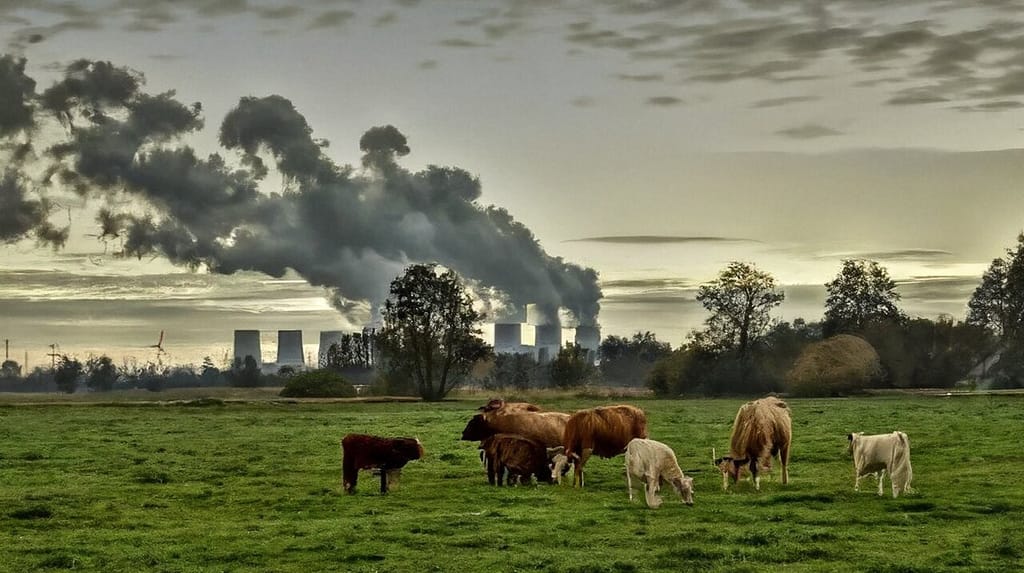In the ever-evolving corporate landscape, transparency and accountability have become paramount. As businesses strive to align their operations with environmental, social, and governance principles, the need for robust reporting frameworks has never been more urgent. That’s where the new CSRD comes in.
The CSRD (Corporate Sustainability Reporting Directive) promises to be a pivotal development poised to reshape how companies disclose their non-financial information.
Enforced in January 2023, and effectively starting in 2024, it mandates a more comprehensive and standardized approach to disclosing a company’s environmental and social impact. This translates to greater transparency for investors, stakeholders, and the public at large.
So let’s discuss all the aspects of the CSRD so you can understand it and start implementing it in your business!
CSRD: standardizing the industry
Before the CSRD, sustainability reporting was a patchwork quilt of varying detail and focus. Companies might publish reports highlighting selective environmental initiatives or cherry-picked social responsibility programs.

This lack of consistency made it difficult for investors and stakeholders to compare apples to oranges, let alone apples to apples. The CSRD rectifies this by setting a new baseline for sustainability disclosure.
Companies are now required to report on a wider range of ESG (environmental, social, and governance) factors, providing a more holistic view of their operations and their impact on the world.
This standardization also applies to the reporting format itself. Gone are the days of disparate reporting styles that make comparisons between companies an exercise in frustration. The CSRD mandates the use of European Sustainability Reporting Standards (ESRS).
These standards provide a common language for companies to structure their reports, ensuring consistency and comparability across industries.
This standardization not only benefits investors seeking to compare investment options based on ESG factors but also allows stakeholders to hold companies accountable for their sustainability commitments.
Imagine investors being able to easily compare the environmental impact of two car manufacturers or social responsibility practices of competing clothing brands – the ESRS paves the way for such transparency.
The double materiality of the CSRD
One key aspect of the CSRD is the concept of double materiality. Previously, sustainability reports often followed a one-way street narrative – companies focused primarily on how their activities affected the environment and society, with limited consideration for the other side of the coin.
The CSRD takes a two-pronged approach. Companies must not only consider how their activities impact the environment and social well-being but also how environmental and social issues can impact their business operations.
This could include factors like climate change regulations that disrupt supply chains, resource scarcity that drives up production costs, or evolving consumer preferences for sustainable products that necessitate a shift in product design or marketing strategies.
By requiring companies to assess these environmental and social risks and opportunities, the CSRD fosters a more strategic and proactive approach to sustainability.
Read also: Energy trackers for businesses and CSRD: a complete guide

The challenge of reporting Scope 3 emissions
The CSRD also mandates a more comprehensive view of the entire company’s carbon footprint. Previously, companies might only report on their direct emissions (Scope 1 and 2), which encompass emissions from their own facilities and the generation of purchased electricity.
However, the CSRD introduces the requirement to report on Scope 3 emissions, which encompass indirect emissions throughout the whole value chain of the company. This includes emissions from a company’s suppliers, distributors, and even the use of their products by consumers.
Let’s use as an illustration a clothing company. Under the CSRD, they would not only report the emissions from their own factories but also the emissions generated from growing the cotton, manufacturing the fabric, and transporting the materials and finished products. And, after all that, the disposal of the clothing at the end of its life cycle.
By taking this comprehensive approach to data collecting, the CSRD offers a clearer picture of a company’s overall environmental impact and empowers stakeholders to hold them accountable for their emissions across the entire value chain.
CSRD: the first step towards a more sustainable future
The CSRD marks a significant step towards a more sustainable future. With increased transparency and accountability, companies are incentivized to improve their environmental and social practices.
Investors seeking to align their portfolios with ESG values will have access to more reliable data to make informed decisions. The impact is already being felt, even though the first reports under the CSRD will only be published in 2025.
The CSRD is poised to drive positive change in corporate behavior – ultimately benefiting businesses, investors, and the planet by creating a more sustainable economic landscape.
As companies strive to meet the CSRD’s requirements, we can expect to see a wave of innovation in sustainable practices, product development, and supply chain management – a win-win for all.

Are you prepared for this future?
Companies have no option but to be prepared for the future that de CSRD brings. And the control of scope 3 emissions is perhaps the biggest challenge nowadays. As we mentioned, companies must now measure their emissions across the entire product chain.
In this context, asset tracking is becoming a pivotal tool in ensuring all this information is handled with precision across the entire product network. And, of course, we here at Datanet IoT are ready to help you with our asset-tracking solutions!
One of our options is the Thingfox T2 Airfreight, a perfect tracker for this kind of third-party compliance. You can simply plug it into a truck and it’s ready to report the gas and CO2 consumption for every delivery into your factory or out to the client.
So get in contact with our staff to learn more about our products – and get ready for the future of CSRD compliance with the most efficient factory asset tracking in the market.






